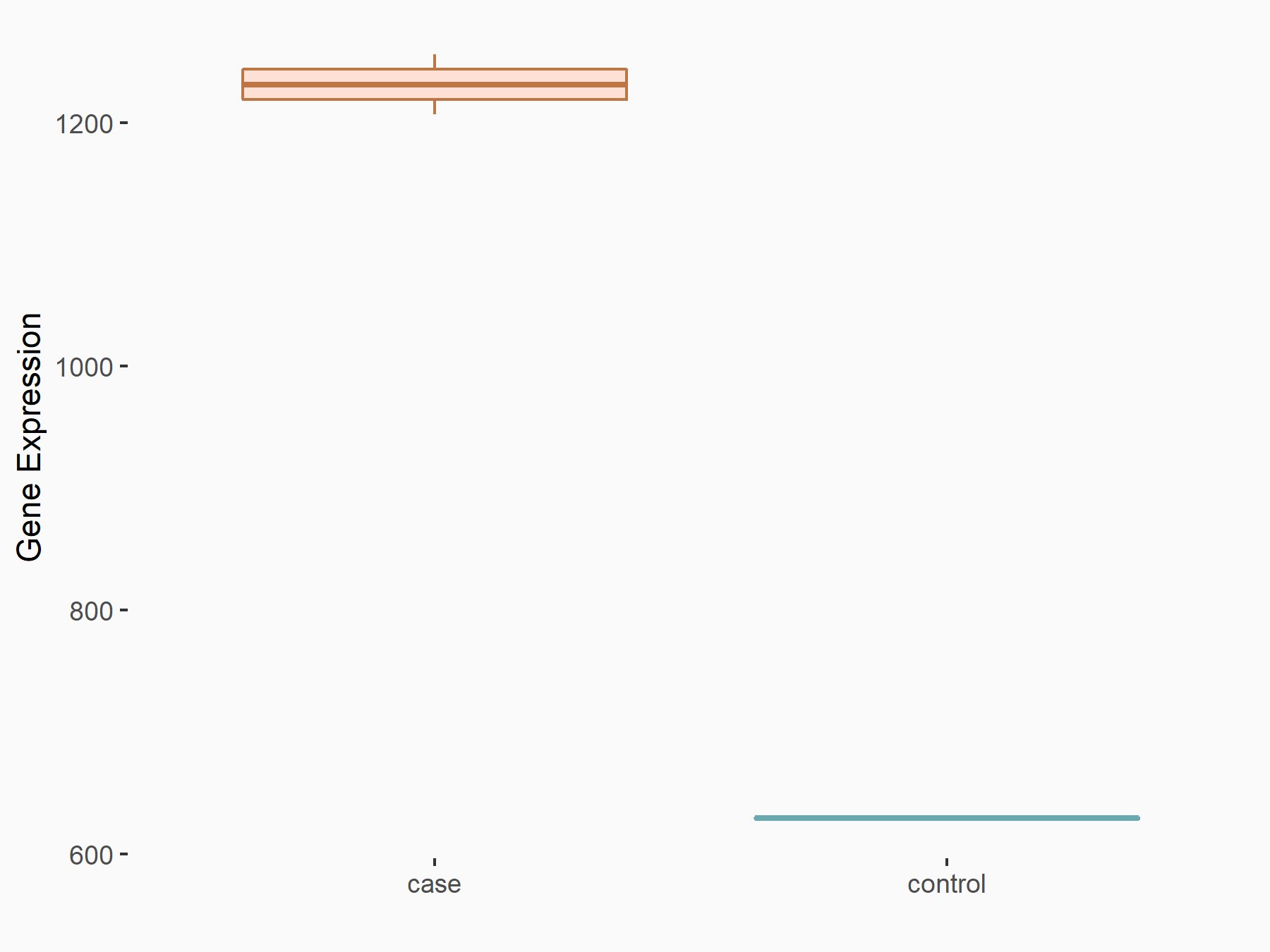m6A Target Gene Information
General Information of the m6A Target Gene (ID: M6ATAR00193)
Full List of m6A Methylation Regulator of This Target Gene and Corresponding Disease/Drug Response(s)
AURKB
can be regulated by the following regulator(s), and cause disease/drug response(s). You can browse detail information of regulator(s) or disease/drug response(s).
Browse Regulator
Browse Disease
RNA demethylase ALKBH5 (ALKBH5) [ERASER]
| Representative RNA-seq result indicating the expression of this target gene regulated by ALKBH5 | ||
| Cell Line | HaCAT cell line | Homo sapiens |
|
Treatment: siALKBH5 HaCAT cells
Control: siControl HaCAT cells
|
GSE211076 | |
| Regulation |
  |
logFC: 9.68E-01 p-value: 1.88E-24 |
| More Results | Click to View More RNA-seq Results | |
| In total 1 item(s) under this regulator | ||||
| Experiment 1 Reporting the m6A Methylation Regulator of This Target Gene | [1] | |||
| Response Summary | ALKBH5 plays a carcinogenic role in renal cell carcinoma by stabilizing Aurora kinase B (AURKB) mRNA in a m6A-dependent manner. | |||
| Target Regulation | Up regulation | |||
| Responsed Disease | Renal cell carcinoma | ICD-11: 2C90 | ||
| Pathway Response | HIF-1 signaling pathway | hsa04066 | ||
| Cell Process | Cell proliferation | |||
| Cell colony formation | ||||
| Cell migration | ||||
| Cell invasion | ||||
| In-vitro Model | 769-P | Renal cell carcinoma | Homo sapiens | CVCL_1050 |
| 786-O | Renal cell carcinoma | Homo sapiens | CVCL_1051 | |
| ACHN | Papillary renal cell carcinoma | Homo sapiens | CVCL_1067 | |
| Caki-1 | Clear cell renal cell carcinoma | Homo sapiens | CVCL_0234 | |
| Caki-2 | Papillary renal cell carcinoma | Homo sapiens | CVCL_0235 | |
| HK2 | Normal | Acipenser baerii | CVCL_YE28 | |
| In-vivo Model | The nude mice were randomly grouped into 2 groups, of 5 mice each; 786-0 cells (7×106 in 100 L PBS) were stabilized with ALKBH5 knockdown lentiviral transfection vector (shALKBH5) or scramble vector (SCR) via subcutaneous injection into the left armpit of each mouse. | |||
Renal cell carcinoma [ICD-11: 2C90]
| In total 1 item(s) under this disease | ||||
| Experiment 1 Reporting the m6A-centered Disease Response | [1] | |||
| Response Summary | ALKBH5 plays a carcinogenic role in renal cell carcinoma by stabilizing Aurora kinase B (AURKB) mRNA in a m6A-dependent manner. | |||
| Responsed Disease | Renal cell carcinoma [ICD-11: 2C90] | |||
| Target Regulator | RNA demethylase ALKBH5 (ALKBH5) | ERASER | ||
| Target Regulation | Up regulation | |||
| Pathway Response | HIF-1 signaling pathway | hsa04066 | ||
| Cell Process | Cell proliferation | |||
| Cell colony formation | ||||
| Cell migration | ||||
| Cell invasion | ||||
| In-vitro Model | 769-P | Renal cell carcinoma | Homo sapiens | CVCL_1050 |
| 786-O | Renal cell carcinoma | Homo sapiens | CVCL_1051 | |
| ACHN | Papillary renal cell carcinoma | Homo sapiens | CVCL_1067 | |
| Caki-1 | Clear cell renal cell carcinoma | Homo sapiens | CVCL_0234 | |
| Caki-2 | Papillary renal cell carcinoma | Homo sapiens | CVCL_0235 | |
| HK2 | Normal | Acipenser baerii | CVCL_YE28 | |
| In-vivo Model | The nude mice were randomly grouped into 2 groups, of 5 mice each; 786-0 cells (7×106 in 100 L PBS) were stabilized with ALKBH5 knockdown lentiviral transfection vector (shALKBH5) or scramble vector (SCR) via subcutaneous injection into the left armpit of each mouse. | |||